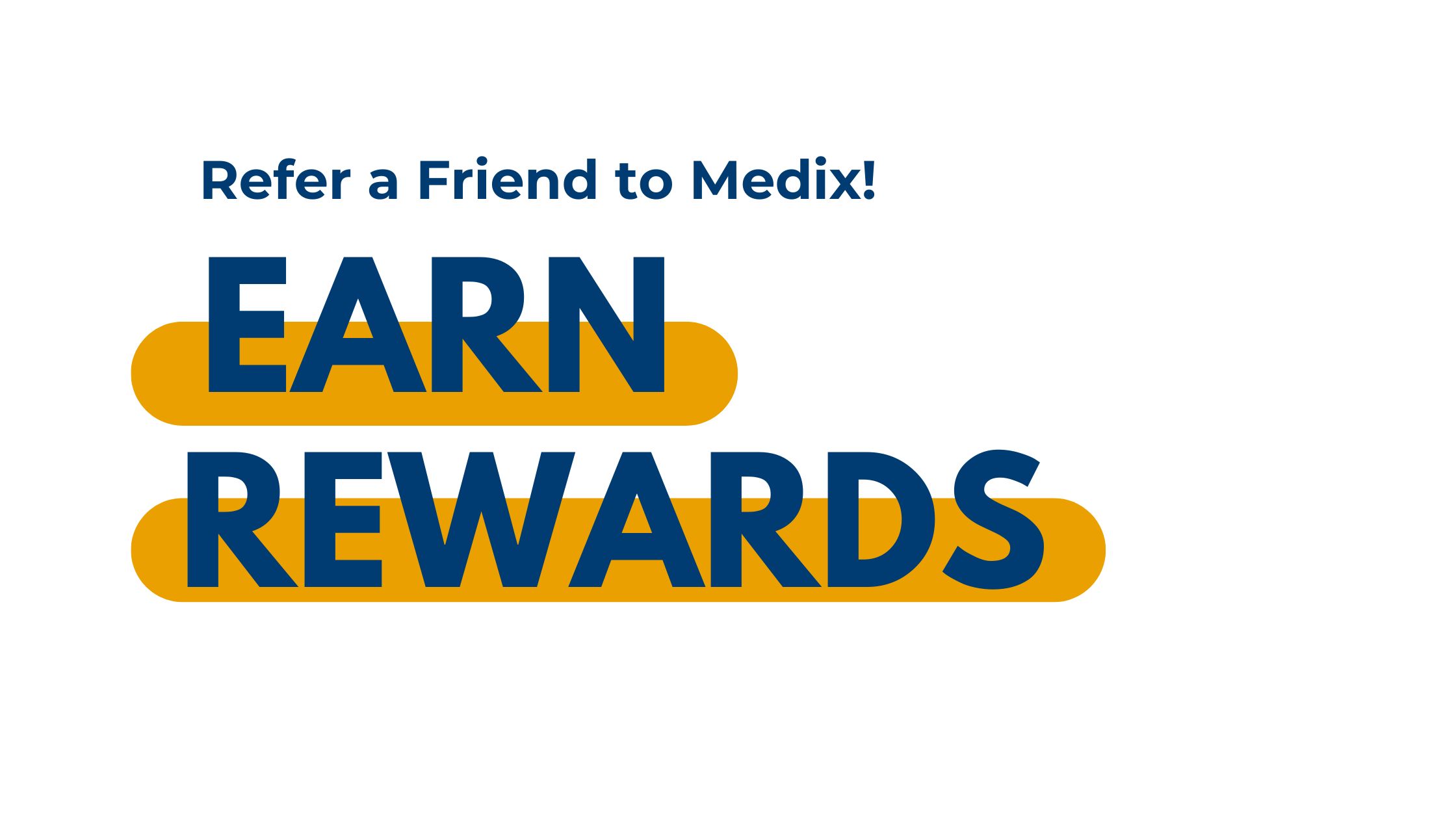As a massage therapist, communication is an essential part of your job, as it’s a significant part of building the relationships that will keep clients coming back to you. Clients trusting you with their personal health information and allowing you into their space deserve to feel safe in your presence. In addition, when you make clients feel comfortable and content, they are more likely to refer your services to their friends and families.
The way you communicate with clients through the environment you create, the words you use, your non-verbal cues, and your active listening skills can help you to achieve an excellent overall experience for every patient you work with. Here are five ways to improve how you communicate with your clients as an aspiring massage therapist.
1. Be Aware of the Message You’re Sending Through Your Environment
You start communicating with clients as soon as they walk into your office. Almost immediately, it’s likely that they’ll have an idea of how you come across and how much they can trust your expertise. For this reason, you should use every opportunity to represent yourself professionally in your space. Most importantly, ensure that your space is clean and reflects high standards of hygiene. Using a subtle form of aromatherapy in the room may help clients feel at ease when they enter as well. Also, you’ll want to display your qualifications on the wall to reassure first-time clients of your expertise.

2. Use the Information You Gather During the Intake Process After Massage Therapy Training
After massage therapy school, the intake process will teach you lots of vital information about a client. They should be asked about their medical history, stressors, and what they’re looking to improve with you. The use of a form will help you organize this information and keep it in your records. Avoid standardizing your services, and instead, use all the information possible to create a highly individualized treatment plan for each client.
3. Be Mindful of Your Non-Verbal Communication
Non-verbal communication refers to facial expression, eye contact, gestures, posture, and body language. A soft, welcoming facial expression, direct but non-threatening eye contact and open body language are some basics to keep in mind as a massage therapy professional. Oftentimes, we are unaware of how our mannerisms come off to others. Try practicing positive body language or asking for feedback from someone close to you.
4. Use Active Listening
Active listening is more than just hearing someone’s statement. It’s about understanding another person, acknowledging their unique perspective, and validating their feelings. After massage therapy training, active listening will be very important as it makes clients feel that you’re willing and able to help them. Make note of both verbal statements and non-verbal cues from your client, ask follow-up questions to get useful information and paraphrase to ensure that you have an accurate understanding.

5. Check-In on Patients Consistently
Both throughout your sessions and on a long-term basis, make it a habit to keep the lines of communication open by checking in on your clients. Stay in touch with each client to track their progress and get feedback, and follow up after every session to see how they’re feeling. At Medix College, you can develop communication skills to help your future clients feel safe, comfortable and supported while building the theoretical and practical knowledge you’ll need to successfully assist them.
Ready to start massage therapy school in Ontario?
Reach out to Medix College to learn more!





